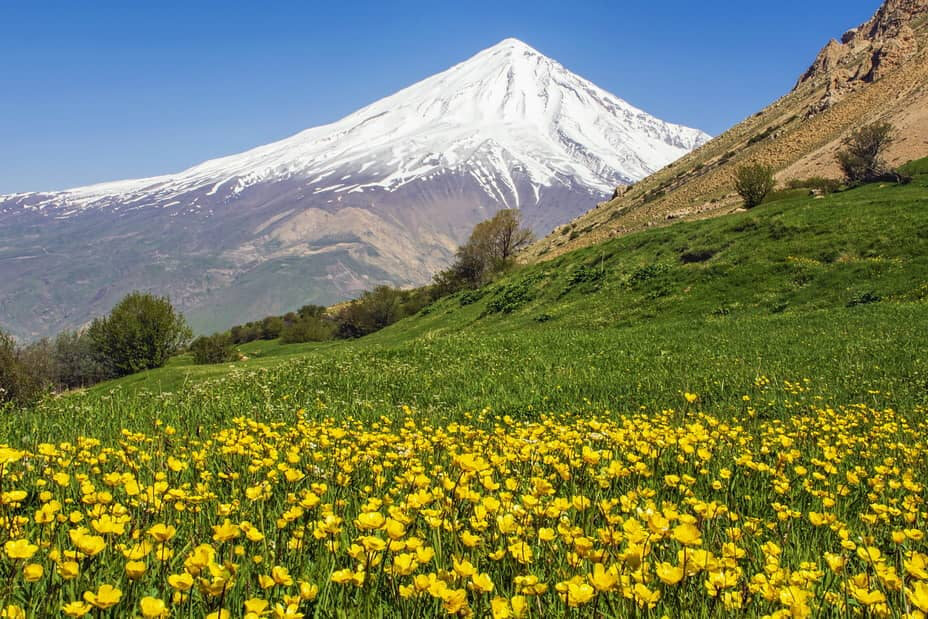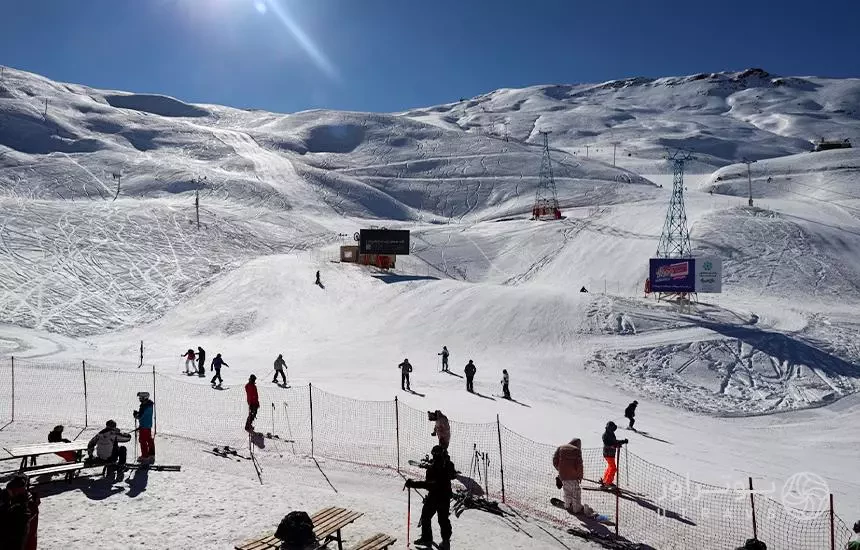10 interesting facts about the mountains of Iran
10 interesting facts about the mountains of Iran
Iran is a country of immense geographical diversity, and its mountain ranges are among the most stunning and unique landscapes in the world. From the majestic peaks of the Alborz Mountains to the rugged expanses of the Zagros range, these mountains play a crucial role in shaping the country’s culture, climate, and history.

Here are ten captivating facts about Iran's mountains:
1. Home to the Tallest Volcano in Asia
Mount Damavand, located in the Alborz range, is the tallest volcano in Asia and one of the most iconic natural landmarks in Iran. With an impressive elevation of 5,671 meters (18,606 feet), **Damavand **has long been the subject of myths, legends, and even poetry in Persian culture. It’s visible from Tehran on clear days and holds significant importance in Persian folklore as a symbol of resistance and power.
2. The Alborz Mountain Range
The Alborz Mountains stretch from the borders of Azerbaijan along the Caspian Sea and continue southeast, forming a natural barrier between the Caspian coast and the central plateau of Iran. The range is famous for its lush forests and rich biodiversity, offering a unique environment that contrasts sharply with the arid regions of central and southern Iran.
3. Zagros Mountains: The Backbone of Western Iran
The Zagros range runs diagonally from northwest to southeast, extending over 1,500 kilometers (930 miles) and shaping much of the country's western landscape. It is the longest mountain range in Iran and serves as a crucial water source. The range is a geological wonder, with dramatic cliffs, folded rock layers, and a landscape shaped by millions of years of tectonic activity. The Zagros are also rich in history, having been inhabited since ancient times by various civilizations, including the Elamites and the Persians.
4. A Climate Moderator
Iran’s mountain ranges act as natural climate moderators, influencing weather patterns across the country. The Alborz Mountains, for instance, shield the Caspian coastal regions from the arid interior, allowing for lush and green landscapes. Similarly, the Zagros range contributes to rainfall in western Iran and plays a crucial role in supplying water to many major rivers.
5. Diverse Wildlife and National Parks
The mountains of Iran are teeming with diverse wildlife. The Alborz and Zagros ranges are home to species such as the Persian leopard, brown bear, and wild goats. These regions are dotted with national parks and protected areas, like Lar National Park near Mount Damavand and Dena Protected Area in the Zagros, which aim to conserve the unique biodiversity of these mountainous ecosystems.

6. A Hub for Adventure and Winter Sports
Iran’s mountains are a paradise for adventure seekers. The ski resorts near Tehran, such as Dizin and Shemshak, are some of the highest in the world and draw tourists and locals alike for skiing and snowboarding during winter. Mountaineering and rock climbing are also popular, with routes that challenge even experienced climbers. Mount Damavand remains a bucket-list climb for mountaineers globally.
7. The Legend of Mount Sabalan
Mount Sabalan, an extinct stratovolcano in the northwest of Iran, stands at 4,811 meters (15,784 feet) and is the third-highest peak in the country. Sabalan is famous for its serene beauty, including a picturesque lake that forms in its crater during the summer. The mountain holds spiritual significance and is considered sacred by local Azeri people, with many myths and legends associated with it.
8. Cultural Significance of Mountains
Iranian culture has deep-rooted connections to the mountains. Zoroastrianism, one of the world’s oldest religions, originated in Iran, and many of its spiritual practices and beliefs are tied to the mountains, which were seen as sacred places. The natural fortresses provided by the mountains also played a strategic role in protecting ancient civilizations and cities, which is evident in historical structures like the castles and fortresses found throughout the country.
9. The Southern Mountains: A Different Perspective
Beyond the Alborz and Zagros ranges, Iran also has impressive mountains in the south and southeast, such as the Makran coastal range and the Kuh-e Taftan, an active stratovolcano near the border with Pakistan. These regions have unique geological features and offer breathtaking landscapes, from deserts merging with mountains to vast volcanic craters.
10. Mountains of Iran in Popular Media and Literature
The mountains of Iran have been featured in various literary and cinematic works. For example, in Iranian poetry, the grandeur and mystique of the mountains symbolize strength and endurance. In modern times, platforms like Mojekooh have brought attention to the beauty and adventure opportunities offered by Iran's mountains. Mojekooh provides valuable insights for climbers, trekkers, and adventure lovers, highlighting the cultural and environmental significance of these landscapes.
From adventure sports to rich biodiversity and cultural heritage, the mountains of Iran offer a world of wonder that continues to inspire both locals and visitors. For anyone passionate about nature, history, or adventure, exploring Iran’s mountains promises an unforgettable experience.
source: tehrantimes.com